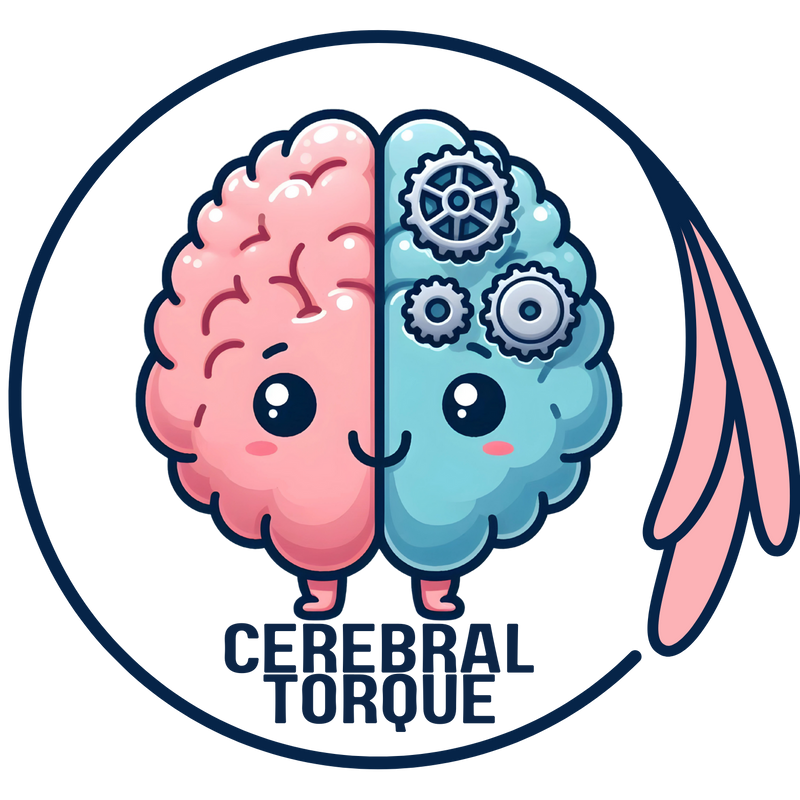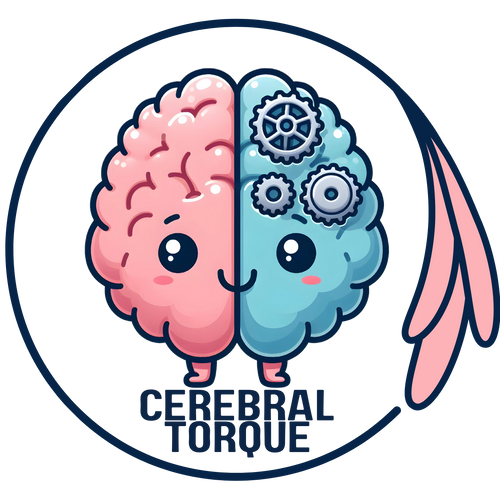Effectiveness and Tolerability of Atogepant (Qulipta) in the Prevention of Migraine
Posted on April 23 2025,
Effectiveness and Tolerability of Atogepant in the Prevention of Migraine
Study Overview
The STAR study (Effectiveness and Tolerability of Atogepant in the Prevention of Migraine: A Real Life, Prospective, Multicentric Study) evaluated the effectiveness, safety, and tolerability of atogepant 60 mg daily as a preventive treatment for both episodic migraine (EM) and chronic migraine (CM) in real-world clinical practice across 10 Italian centers.
Key Findings
- Significant reduction in monthly migraine days across both EM and CM patients
- Over half of patients (56.6%) achieved ≥50% reduction in monthly migraine days
- Effectiveness observed even in patients who had previously failed anti-CGRP monoclonal antibodies
- Low discontinuation rate (6.6%) indicating good tolerability
- First real-world evidence for atogepant's effectiveness in a clinical practice setting
Study Design & Patient Characteristics
The STAR study was designed as a real-world, prospective, multicenter trial evaluating atogepant in patients with a clinical indication for migraine prevention. Participants were enrolled regardless of the number of prior ineffective or non-tolerated preventive treatments, reflecting actual clinical practice conditions.
Many participants had previously received multiple migraine preventive treatments without adequate response:
"This resistant (in some cases, refractory) population nevertheless benefitted from atogepant treatment, at least in the short term."
Primary Outcomes & Efficacy Results
The study evaluated two co-primary endpoints: (1) changes in monthly migraine days (MMDs) after 12 weeks of treatment compared to baseline, and (2) the percentage of Responders - patients who achieved a ≥50% reduction in MMDs.
Response by Migraine Type
- Episodic Migraine: 60.0% achieved ≥50% reduction
- Chronic Migraine: 46.4% achieved ≥50% reduction
- 58.9% of patients with chronic migraine at baseline reverted to episodic migraine
- The proportion of patients with chronic migraine decreased from 52.8% to 31.1%
"The MMD reductions from baseline to week 12 were slightly larger than those observed in the atogepant RCTs... These findings should be evaluated in light of the previous failure of anti-CGRP mAbs beyond a mean of four SOC treatment failures in 52.8% of patients."
Secondary Outcomes
Beyond the primary endpoints, the study evaluated multiple secondary outcomes including medication use, disability measures, and patient-reported quality of life.
Patient Global Impression of Change
The PGIC questionnaire assessed patients' perception of their improvement after 12 weeks:
- 50.9% reported feeling "much better" or "very much better"
- 66.0% reported at least a noteworthy improvement
- Only 13.2% reported no change or worsening of their condition
Safety & Tolerability
Atogepant demonstrated a favorable safety and tolerability profile in this real-world setting, with a low discontinuation rate despite the inclusion of patients with prior treatment failures.
Weight Change
An interesting finding was the impact on body weight:
- Mean reduction of 1 kg from baseline (p < 0.001)
- Consistent with previous clinical trial observations
- Potentially related to atogepant's action on CGRP receptors in adipose tissue
"The very low discontinuation rate (6.6%) was equally high for those patients who stopped the therapy due to a lack of effectiveness. This point is of pivotal importance because the low discontinuation rate makes a substantial difference from oral SOC preventive therapies."
Conclusions & Clinical Implications
The STAR study provides the first real-world evidence of atogepant's effectiveness in preventing episodic and chronic migraine in clinical practice. Its results largely confirm or even exceed those observed in randomized controlled trials.
Key Conclusions
- Atogepant 60 mg daily is effective for both episodic and chronic migraine prevention in real-world settings
- Benefits are observed even in patients who previously failed other preventive treatments, including anti-CGRP monoclonal antibodies
- The medication is well-tolerated with a low discontinuation rate
- Significant improvements were observed in disability scores and quality of life measures
- The reduction in medication overuse represents an important clinical benefit
"The STAR study demonstrates atogepant effectiveness in real life, observing migraine frequency reduction and patients' reported outcome measures improvement. Moreover, we point out that 43% of hard-to-treat patients resistant to previous anti-CGRP mAbs treatment benefitted from atogepant after only 12 weeks."
These findings suggest that atogepant represents a valuable addition to the migraine prevention armamentarium, offering an effective option for patients who have not responded adequately to other treatments, including anti-CGRP monoclonal antibodies. The oral administration, good tolerability profile, and effectiveness across both episodic and chronic migraine make it a potentially important therapeutic approach in clinical practice.
Vernieri, F., Iannone, L.F., Lo Castro, F., Sebastianelli, G., De Santis, F., Corrado, M., Marcosano, M., Ornello, R., Grazzi, L., Montisano, D.A., De Cesaris, F., Munafò, A., Fofi, L., Doretti, A., Vaghi, G., Pistoia, F., Ferrandi, D., Battistini, S., Sacco, S., Guerzoni, S., Altamura, C. (2025). Effectiveness and tolerability of atogepant in the prevention of migraine: A real life, prospective, multicentric study (the STAR study). Cephalalgia, 45(4), 1-14.
Read the Full StudySun, Sep 14, 25
Neuroimaging Differences Between Migraine Types: Aura vs. Without Aura
Discover the latest neuroimaging research revealing key brain differences between migraine with aura and migraine without aura.
Read MoreThu, Sep 04, 25
Understanding Migraine Prodrome
Discover the migraine prodrome phase: 36 warning symptoms that occur 1-6 hours before headache onset. Learn timing patterns, predictive confidence levels, and new treatment approaches based on groundbreaking 2025 research...
Read MoreThu, Aug 07, 25
Dizziness and Migraine: When is it Vestibular Migraine?
Dizziness and migraine: Learn when dizziness is vestibular migraine vs BPPV, Meniere's disease, or vascular causes. Guide covers symptoms, diagnosis, cutaneous allodynia, and treatment options for recurrent dizziness episodes.
Read More


